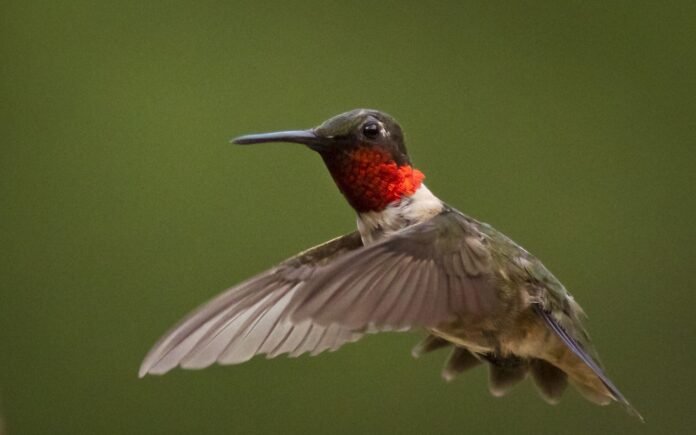In a groundbreaking milestone for ornithology, a landmark study spanning over a decade has unveiled a new “tree of life” for all extant bird species. The largest-ever study of bird genomes has yielded a remarkably clear and comprehensive picture of the evolutionary relationships among avian taxa. Published today in the prestigious journal Nature, the study presents findings that shed light on the origins and diversification of modern bird lineages.
Led by a team of researchers from institutions across the globe, including Adelaide and Sydney, the study represents a monumental effort to elucidate the evolutionary history of birds. By analyzing the genetic material of hundreds of bird species, the researchers have reconstructed a robust phylogenetic framework that delineates the evolutionary relationships among avian taxa with unprecedented clarity.
One of the most striking revelations of the study is the timing of the emergence of modern bird groups relative to the extinction of the dinosaurs. Contrary to previous hypotheses, the research indicates that the majority of modern bird lineages originated within a relatively narrow timeframe—approximately 5 million years after the cataclysmic event that led to the demise of non-avian dinosaurs.
This finding challenges conventional wisdom regarding the timing of avian diversification following the mass extinction event, suggesting a more rapid and dynamic process of evolutionary radiation among birds in the aftermath of the Cretaceous-Paleogene boundary. The study provides valuable insights into the adaptive strategies and ecological niches that facilitated the rapid diversification of modern bird lineages in the aftermath of one of Earth’s most profound environmental upheavals.
Moreover, the new “tree of life” for birds offers a comprehensive framework for understanding the evolutionary relationships and genetic diversity of avian taxa. By elucidating the phylogenetic relationships among different bird groups, the study provides a roadmap for future research in fields such as evolutionary biology, ecology, and conservation.
The research team utilized cutting-edge genomic sequencing technologies and computational methods to analyze the vast amounts of genetic data obtained from diverse bird species. By comparing genetic sequences and identifying shared evolutionary traits, the researchers were able to reconstruct the evolutionary history of birds with unprecedented resolution and accuracy.
The implications of the study extend far beyond the realm of ornithology, offering valuable insights into broader questions about the origins and diversification of life on Earth. By elucidating the evolutionary dynamics that shaped the avian lineage over millions of years, the study contributes to our understanding of the processes driving biodiversity and adaptation in the natural world.
As scientists continue to unravel the mysteries of avian evolution, the new “tree of life” for birds stands as a testament to the power of collaborative research and interdisciplinary inquiry. By integrating genomic data, computational analyses, and ecological insights, the study represents a milestone in our quest to unravel the intricate tapestry of life’s history on our plane
Furthermore, the study underscores the importance of preserving and protecting avian biodiversity in the face of ongoing environmental challenges. As stewards of the planet, it is imperative that we recognize the invaluable role that birds play in maintaining ecosystem balance and ecological resilience. By understanding the evolutionary relationships among bird species, conservation efforts can be tailored to prioritize the protection of evolutionarily distinct lineages and vulnerable taxa.
The new “tree of life” for birds also has practical implications for fields such as agriculture, disease control, and ecological restoration. By identifying genetic traits associated with specific adaptations and ecological roles, researchers can develop more effective strategies for managing agricultural pests, combating infectious diseases transmitted by birds, and restoring degraded habitats.
Moreover, the study opens up exciting avenues for future research into the genetic basis of avian diversity and adaptation. By elucidating the genomic underpinnings of key evolutionary transitions and ecological innovations in birds, scientists can gain deeper insights into the mechanisms driving evolutionary change and speciation.

